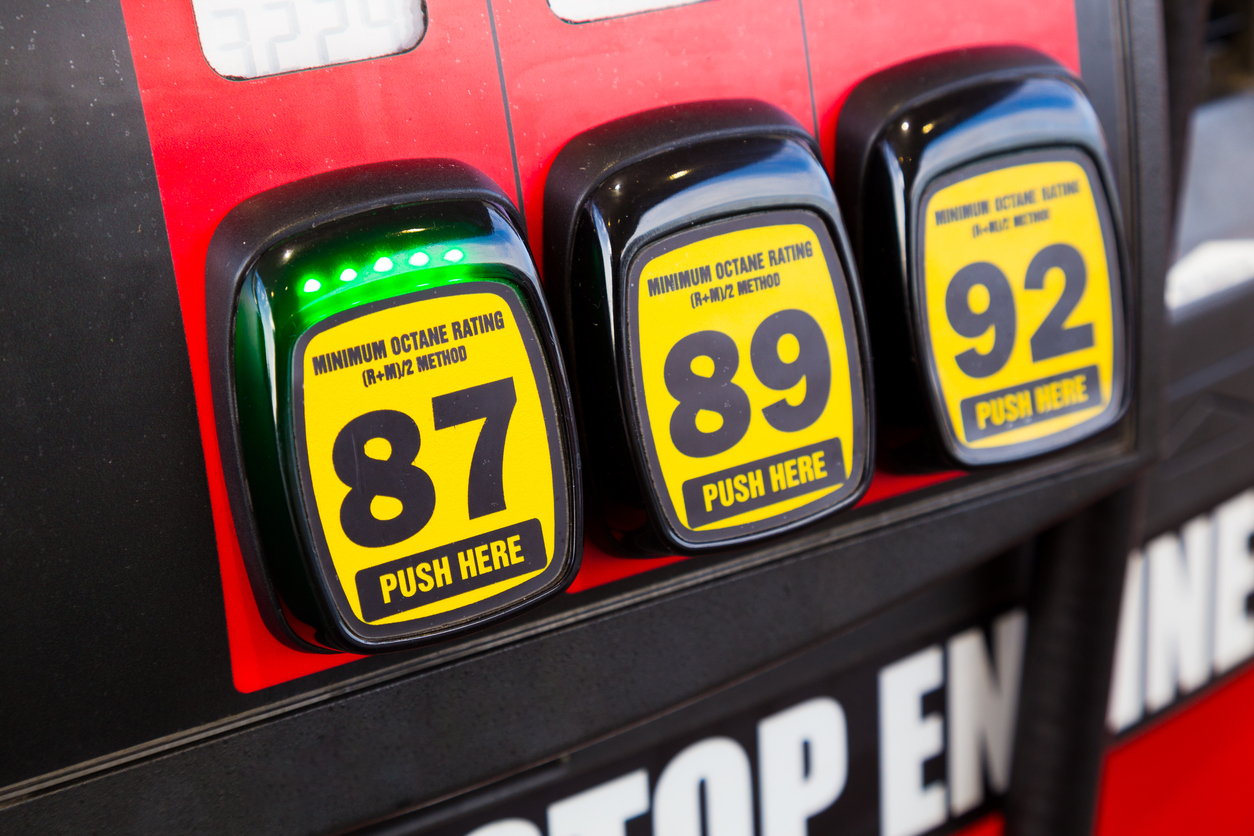
When most drivers in Wisconsin fill up their gas tanks, they most likely go with whatever fuel is the cheapest and don’t bother worrying about the octane number listed on the pump. We all obviously want to avoid spending money if/when we don’t have to, but gas might be one item you don’t want to skimp on.
The numbers on a station’s gas pump (85, 87, 92, for example) represent the octane level a given fuel has been rated. Every fuel available to consumers has been rated on its ability to withstand compression before igniting. The higher a fuel’s octane rating, the more resistance it can provide during the compression-ignition process.
Most gas-powered cars use four-stroke engines, one of which is the compression stroke. The compression ratio a vehicle requires to properly operate is dependent upon its engine configuration and the octane rating its fuel needs to have is determined by the compression ratio.
Using an octane level higher than what is required will not harm your engine but using a substandard octane can cause issues. Typically, an octane rating of 87 will be adequate for your car, but you should consult your vehicle manual to see if a higher rating is necessary.
The biggest warning sign that you’re using the wrong type of gas is if you start to hear a distinct knocking sound emanating from your engine. This sound will occur when combustion isn’t being properly executed, which can be highly problematic for your vehicle and should be addressed ASAP.
If you have any questions or concerns regarding the type of fuel you should be using in your vehicle, be sure to call our ASE-certified technicians at 262-968-3324 or swing by our shop at W305 S4990 Highway 83 in Mukwonago – we’re here to help your vehicle stay safely on the road year-round!

 MENU
MENU